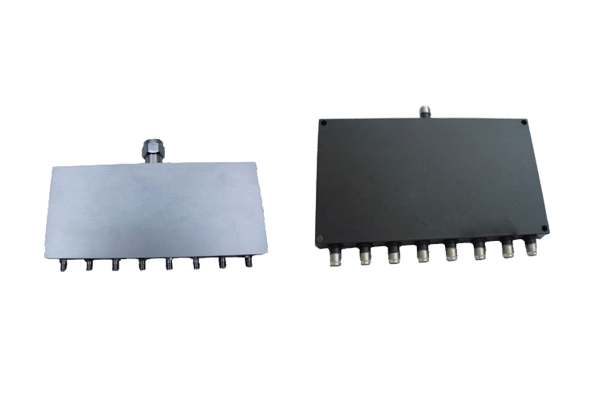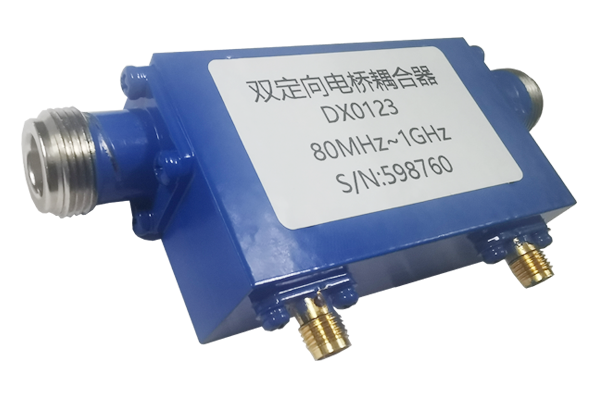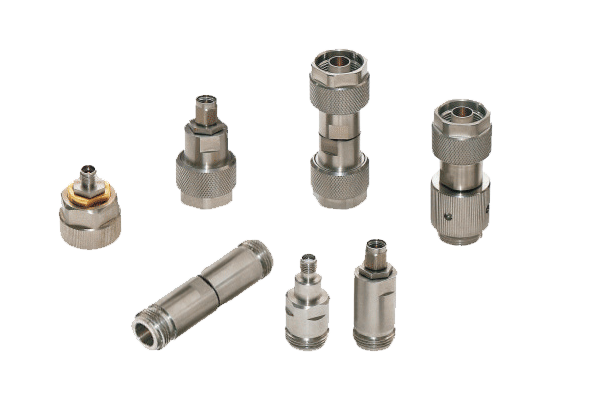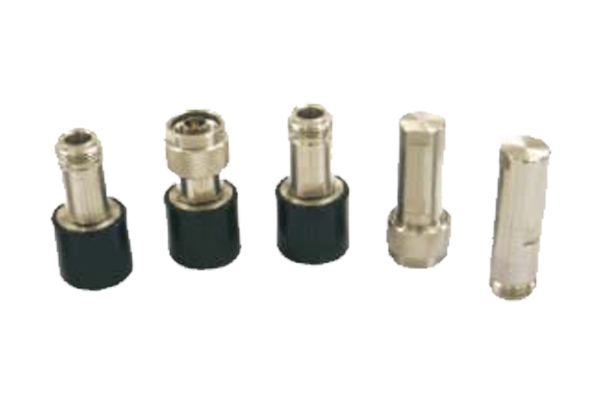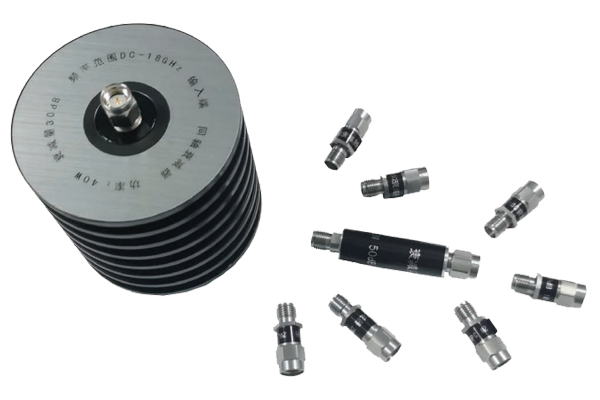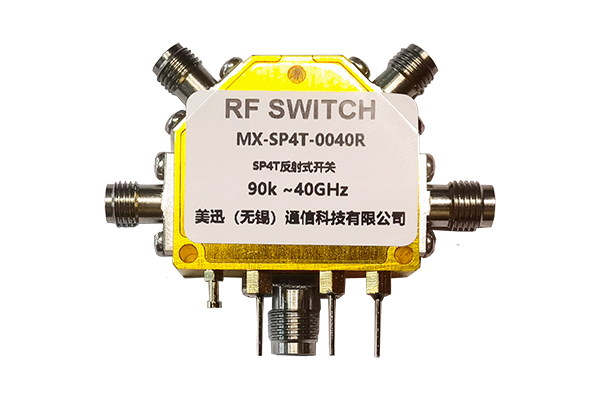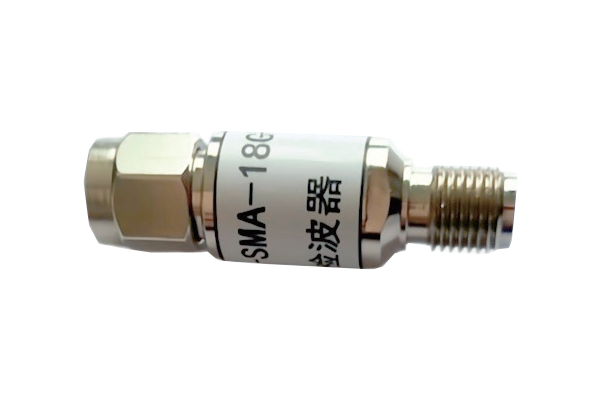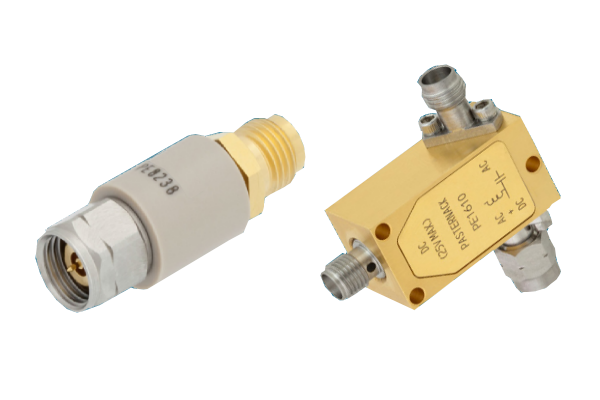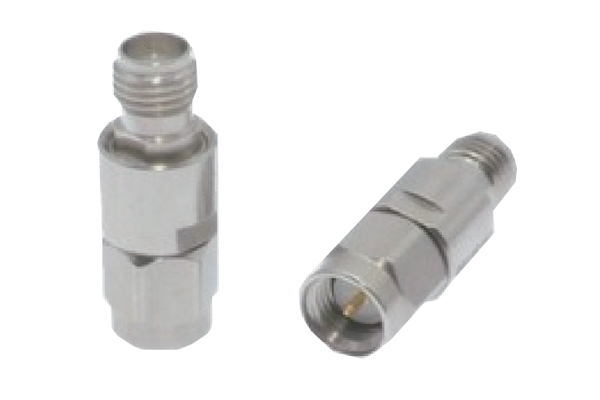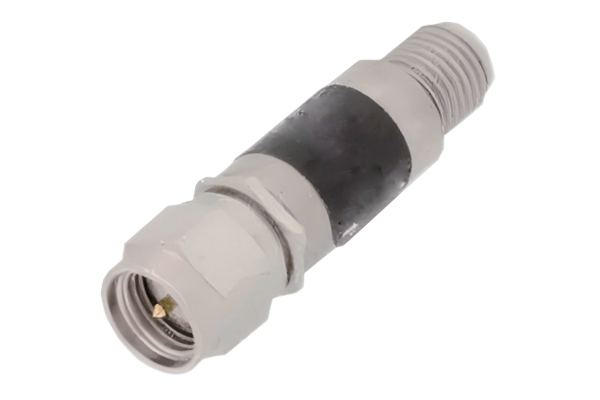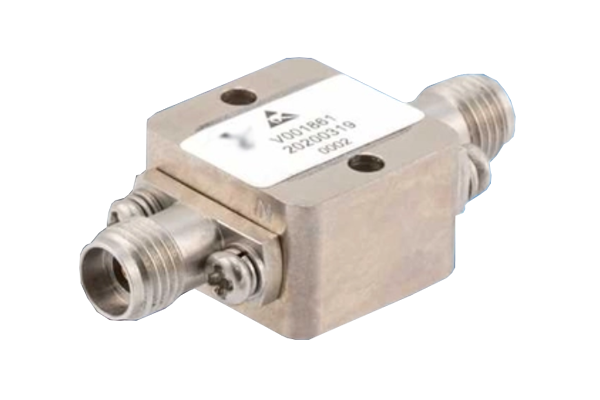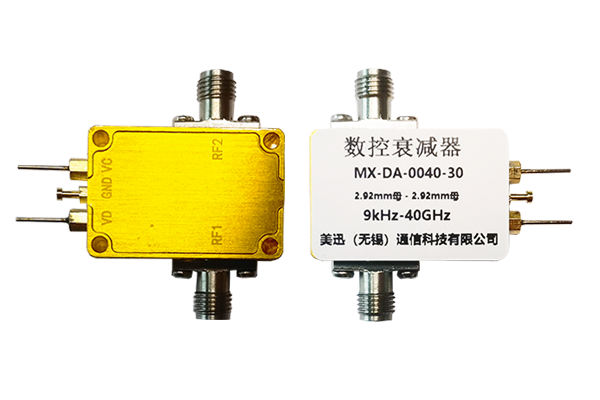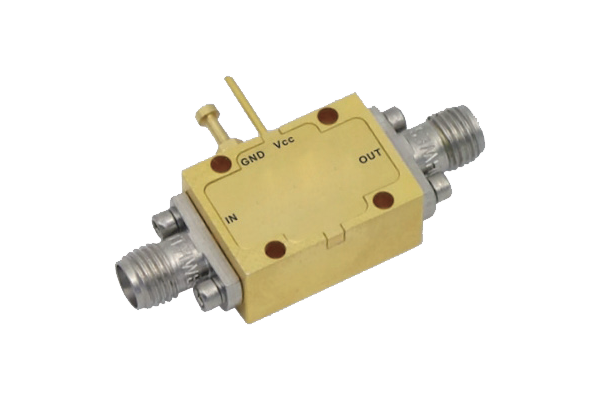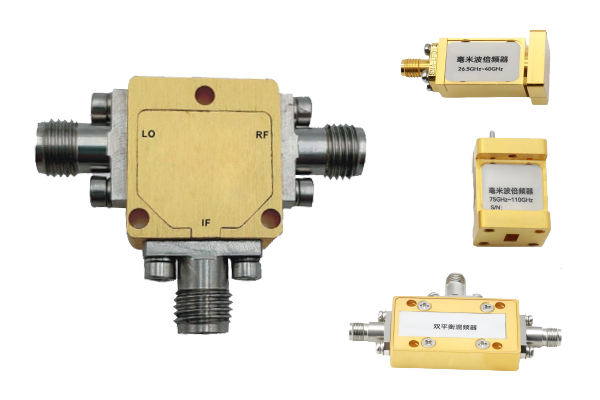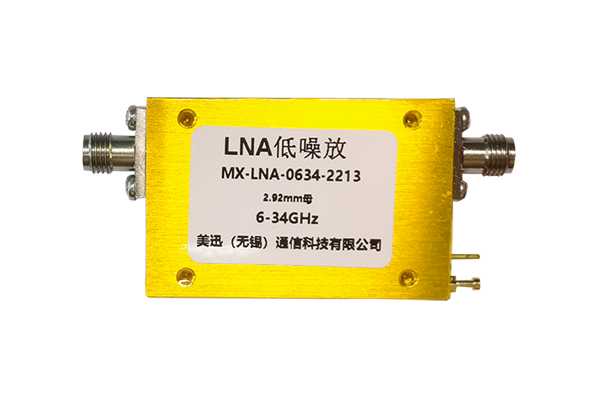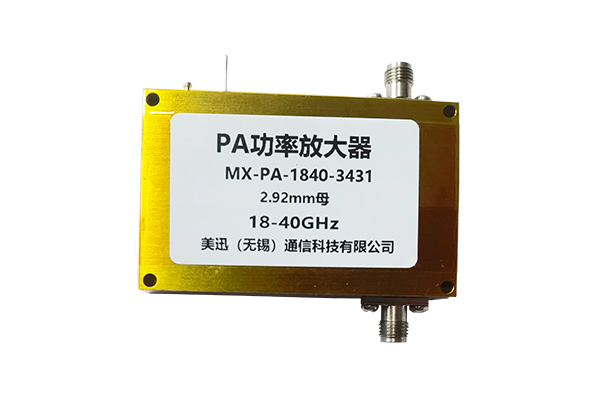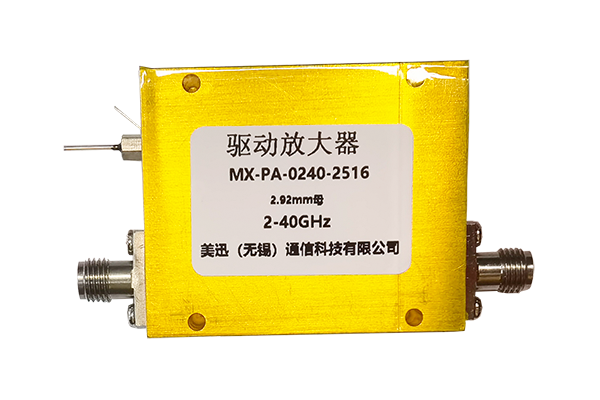How do coaxial switches respond to sudden voltage surges
Coaxial Switch Surge Protection
Coaxial switches react to sudden voltage surges through a mix of inherent design features and protective mechanisms, with responses varying by type:
1. Electromechanical Switches (Relays)
-
Arcing Risks:
- Surges can ignite arcs between open contacts
- High-power models use arc suppression (RC snubbers, gas-filled chambers)
-
Contact Bounce:
- Rapid spikes may cause mechanical bounce
- Magnetic latching or damped springs minimize bounce
Example: Radar relays with nitrogen-filled enclosures reduce arc-induced erosion in aerospace systems.
2. Solid-State Switches (Diodes/FETs)
-
Overvoltage Vulnerability:
- Semiconductors fail if surges exceed ratings (>50 V for PIN diodes)
- Built-in ESD/TVS protection shunts excess energy to ground
-
Fast Isolation:
- React in nanoseconds to isolate surge paths
- Critical in 5G base stations and satellite receivers
3. Design Mitigations
-
Voltage Margins:
- Switches rated 2–3x above nominal voltage
- Example: 500 V rating for 200 V systems
-
Galvanic Isolation:
- Optocouplers/magnetic relays separate control paths
- Protects low-voltage circuits from surges
-
Hybrid Designs:
- Combine relays (steady power) and solid-state components (surge clamping)
- Common in industrial IoT switches handling motor-driven spikes
4. Failure Modes
-
Immediate Damage:
- Unprotected switches may short (solid-state) or fail open (relays)
-
Gradual Degradation:
- Repeated surges erode contacts or increase semiconductor leakage
In summary: Robust switches with arc suppression, voltage clamping, and isolation withstand surges, but unprotected models risk catastrophic or cumulative failure.
Application Considerations
Essential safeguards for different environments:
- Industrial: Heavy-duty surge arrestors for motor-driven equipment
- Aerospace: Redundant protection systems for reliability
- Telecom: Fast-reacting TVS diodes for 5G infrastructure





